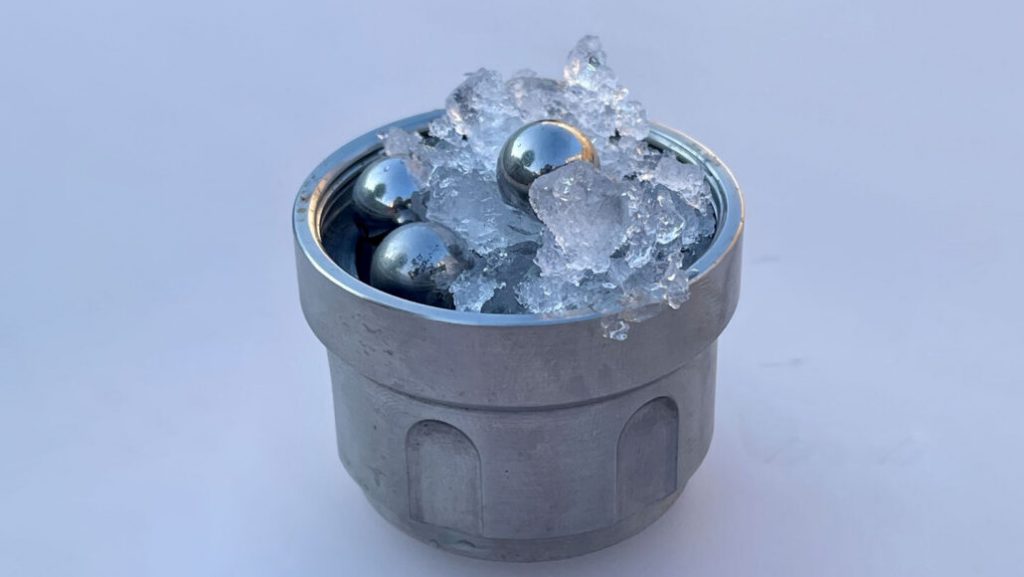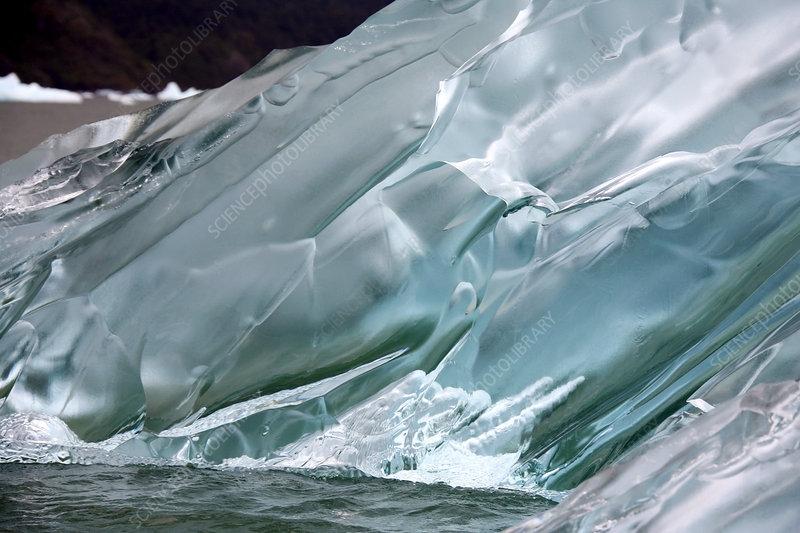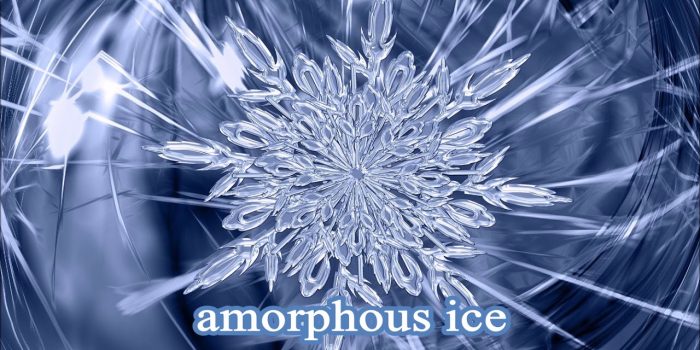A recent discovery by researchers at the University College London and the University of Cambridge has challenged long-held beliefs about the properties of ice. A new type of ice has been found that may represent the true glassy state of liquid water.
The ice in your freezer or on the polar caps is technically referred to as “ice, but it is far from the only shape the substance may take. When ice or water is exposed to varying temperature and pressure conditions, around 20 different forms of ice with different atomic structures occur.
This new form of ice, called “amorphous ice,” is distinct from the commonly known crystalline ice found in our daily lives. Amorphous ice is formed through rapid cooling, preventing the formation of a regular crystal structure. As a result, it has a more disordered, glass-like structure.

This discovery has important implications for our understanding of water and its behavior at low temperatures. Conventional wisdom states that the glassy state of water should be isotropic and homogeneous, with a similar structure throughout. However, amorphous ice appears to violate these rules, as it is highly heterogeneous and has different structures depending on the cooling process used.
The discovery of amorphous ice raises many questions about the properties of water and its potential to exist in other forms. It also has practical applications, such as improving our understanding of the behavior of water in frozen food products and the formation of ice on surfaces.

This new type of ice may also have implications for our understanding of water on other planets. The presence of amorphous ice may indicate that water can exist in a glassy state even at low temperatures, potentially providing a new way for water to persist in frozen, inhospitable worlds.
In conclusion, the discovery of amorphous ice is a breakthrough in our understanding of water and its behavior. Further research is necessary to fully understand the properties of this new form of ice and its implications for our understanding of the universe.


